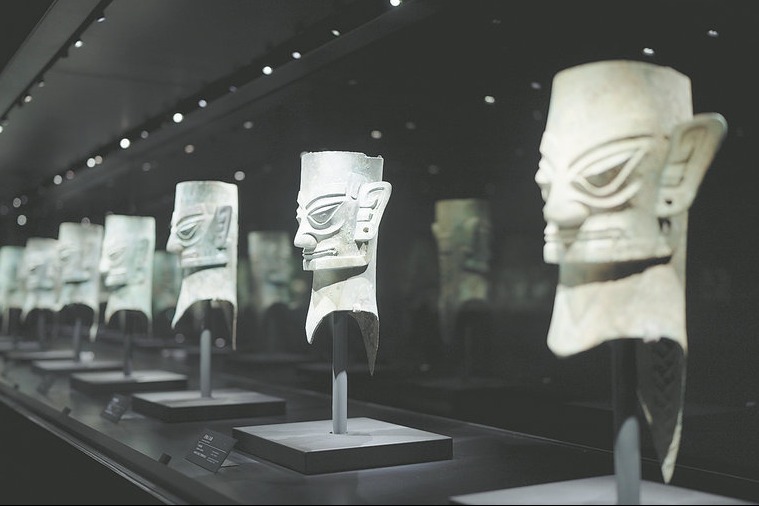Young people swell demand for creative cultural items
By YANG FEIYUE | China Daily | Updated: 2024-09-25 07:03

Incentives rolled out
Preferential tax and income incentives have also been offered to boost the production and promotion of these products.
Cultural heritage organizations have been encouraged by authorities to invest in and establish creative product companies. Private investors have also been motivated to take part in developing creative products.
In July, the Ministry of Human Resources and Social Security officially recognized cultural and creative product planning and operations specialists as new professions. This recognition will be an important factor in driving the development of the cultural industry, experts said.
Liu Ziqi, co-founder of the cultural and creative product brand DuckSong in Xi'an, Shaanxi province, said such products have greater cultural and sentimental value for consumers. "They're what players in the industry should focus on," Liu said.
In June, DuckSong came up with fluffy cute "mittens" that allow visitors to understand the process of making roujiamo, a crispy, oven-baked bun filled with diced pork that is a Shaanxi specialty.
After one of the buns is made, it is handed to the customer inside the mitten, which immediately becomes a popular item with customers. To date, more than 10,000 orders have been placed for the mitten.
Liu attributes the success of the product to the combination of cultural charm, traditional cuisine, and it also having elements of fun and fashion.
He is confident similar creative products will emerge in the future. "It will be all the more promising. As consumer preferences evolve and are upgraded, the demand for high-quality cultural and creative products will continue to grow," he said.
Wu Liyun, a professor at the China Academy of Culture and Tourism at Beijing International Studies University, said the popularity of such products is based on the public's growing interest in traditional culture.
Many products with innovative designs and unique shapes align with young people's tastes. They can also serve as a bridge for the public to learn about the culture of a specific historical period, and thus expand cultural influence.
Wu said the development of such products should focus on unique cultural elements, and added that homogenization of these products should be avoided.
























